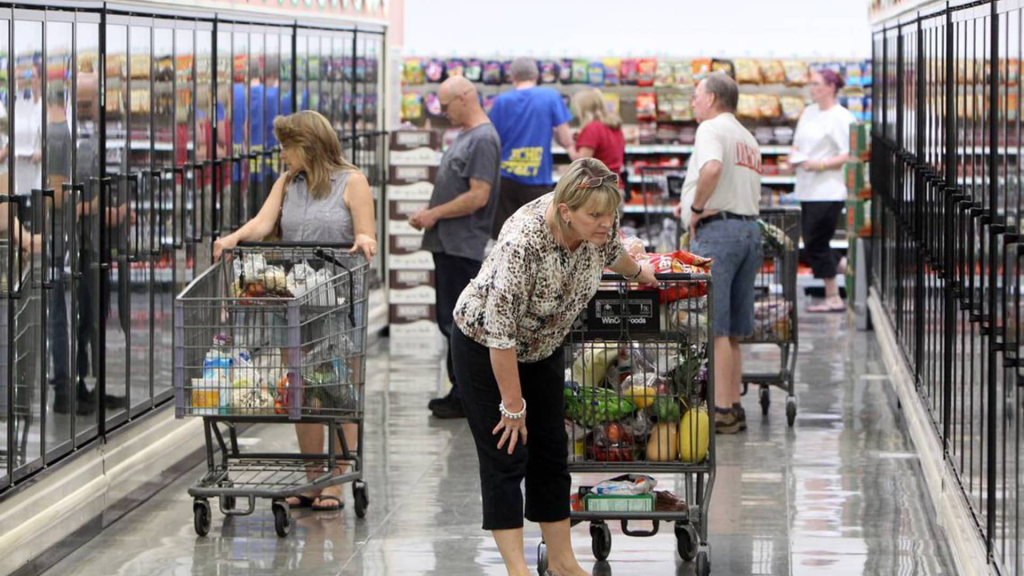Recent analysis suggests that, contrary to popular belief, the tariffs imposed by President Donald Trump have not yet triggered significant inflation according to conventional economic indicators.
Data released this week from the Bureau of Labor Statistics revealed a modest price increase of only 0.1% in May, with readings on consumer and producer prices remaining relatively stable.
This raises the question: has the inflation crisis passed?
However, experts caution that the months ahead may witness rising prices influenced by Trump’s trade policies aimed at ensuring fair competition with international partners. To date, the tariffs have not led to a widespread escalation in prices, although certain sectors sensitive to import costs have felt the impact.
Several factors have contributed to the stable inflationary landscape thus far. Companies have been stockpiling imported goods in anticipation of tariff announcements, it takes time for these costs to permeate through the economy, and consumers are exhibiting more restraint in their spending habits.
Aichi Amemiya, a senior economist at Nomura, noted, “We believe the limited impact of tariffs in May reflects pre-tariff stockpiling as well as a delay in the pass-through of tariffs to import prices. We maintain our view that the effects of these tariffs will likely become apparent in the coming months.”
Joseph Brusuelas, chief economist at RSM, remarked, “The increase in appliance prices is reminiscent of the price surge seen during the 2018-20 phase of import taxes, particularly for washing machines.”
Looking ahead, the sustainability of these price increases remains uncertain. Much will depend on consumer behavior, which fuels nearly 70% of economic activity and may influence how these inflationary pressures develop.
A recent report from the Federal Reserve pointed to a potential rise in prices while also noting that many businesses are reluctant to pass along increased costs to consumers.
Luke Tilley, chief economist at Wilmington Trust, stated, “Our stance has long been that tariffs are unlikely to be inflationary; instead, they may induce economic weakness and possibly deflation. There are indications of consumer fragility.”
This scenario echoes historical precedents, such as the Smoot-Hawley tariffs of 1930, widely regarded by economists as a catalyst for the Great Depression.
Tilley observed signs that consumers are scaling back on discretionary spending such as vacations, suggesting that companies may be losing the pricing power they once held during the inflation surge of 2021.
Meanwhile, Federal Reserve officials remain cautious, opting to monitor the situation closely over the summer to gauge the full effect of tariffs on prices. Market expectations indicate that any interest rate cuts may not occur until September, despite a decline in inflation and emerging issues within the labor market.
“If inflation turns out to be temporary, the Federal Reserve might reduce its policy rate later this year,” Brusuelas added. “However, if consumers drive their inflation expectations up due to short-term price disruptions in essential goods, it could take longer for the Fed to respond.”


























